Want to eat more seaweed, but unsure where to start? Here are a few of the main types that grow in Irel and…
Dillisk
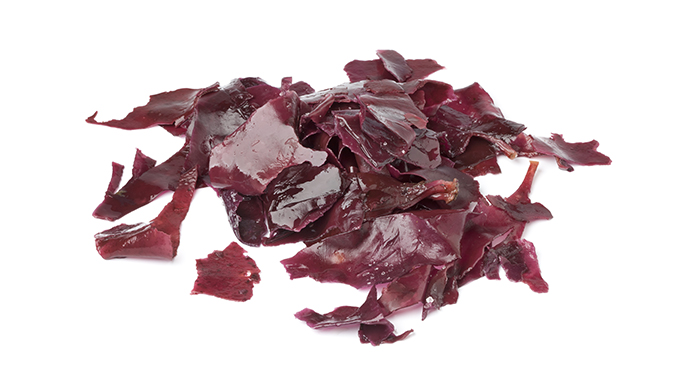
Also known as dulse, dillisk is a deep red seaweed found on the shores of the North Atlantic. It is necessary to wait for a low tide to collect this amazing ‘sea vegetable’ from rock pools and shallow water, as it grows at the bottom of the shore. Dillisk
can be eaten raw, fresh or dried and is popular for its salty, nutty taste. Dillisk is an excellent source of protein, fibre, vitamins, minerals (including plenty of iron) and trace elements. Try adding it to champ, chowders, stews and salads.
Kombu
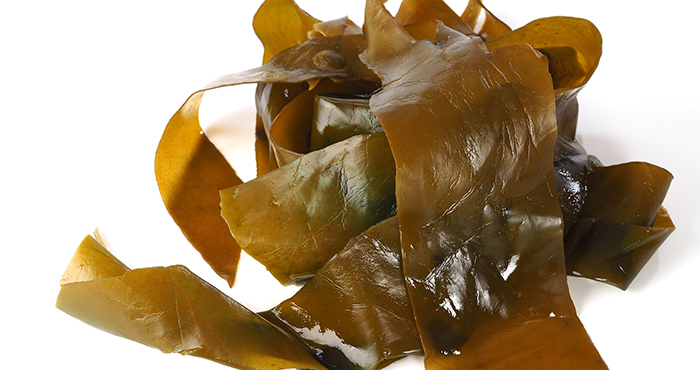
Kombu is a brown seaweed and one of the many varieties of kelp found on Irish shores. As kelp is known for its quick growth rate, harvesting is an extremely sustainable practice. Eaten dried, kombu is a delicious low calorie snack, but when flaked or crumbled it can also be used as a flavour enhancer in cooking ― not only is it a healthy alternative to salt, but it is also rich in umami, the fifth human taste. Kombu adds luxurious richness and body to dishes like soups or stews or baked into soda bread or scones.
Carrageen moss
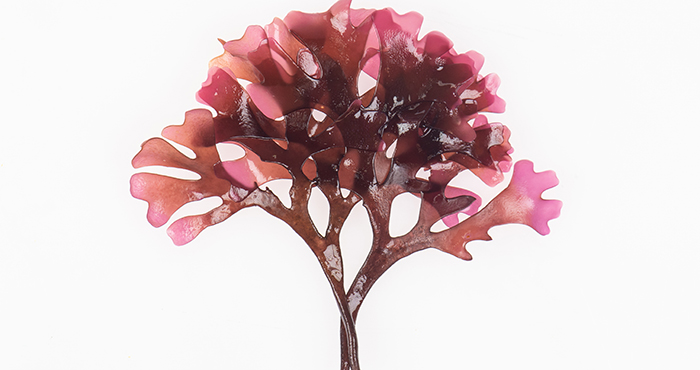
Carrageen moss is a type of red algae that grows in the Atlantic waters along our west coast and is also known as Irish moss or simply carrageen. Thanks to its naturally high levels of gelatine, it can be used as a vegan-friendly thickening agent. Carrageen is widely available in dried form and needs to be cooked in liquid before use. In Ireland, it’s a common old-fashioned remedy for colds and coughs and is incredibly soothing for a sore throat.
Nori
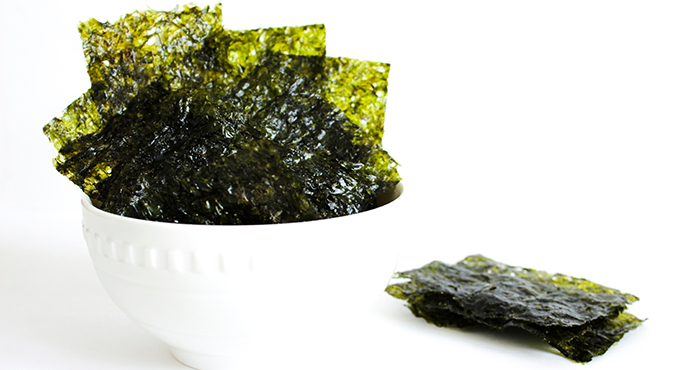
Nori is the Japanese name for a type of red algae, best known for its use in sushi-making. Most people are familiar with nori when it has been processed into thin sheets; these sheets are used to wrap sushi and added to miso soup. Nori can also be sprinkled over food for extra flavour and crunch.
Sea spaghetti

Sea spaghetti is a brown seaweed that grows in thin strands and has a mild taste and asparagus-like texture that can be particularly appealing to those just starting to introduce seaweed to their diets. Like all seaweeds, it contains a variety of vitamins and minerals but is especially rich in magnesium. Once cooked, sea spaghetti is a delicious and fibre-rich addition to pasta or noodle dishes and works well in salads dressed with vinaigrette. Fresh sea spaghetti.
Irish seaweed, explained

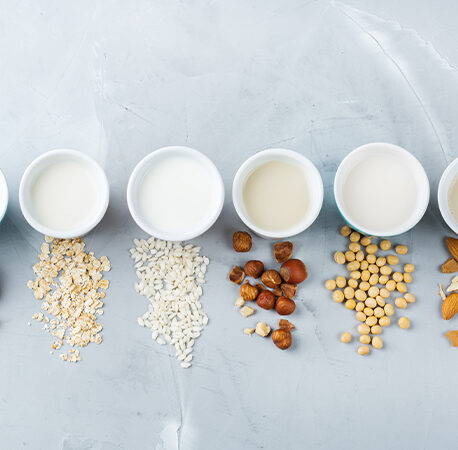
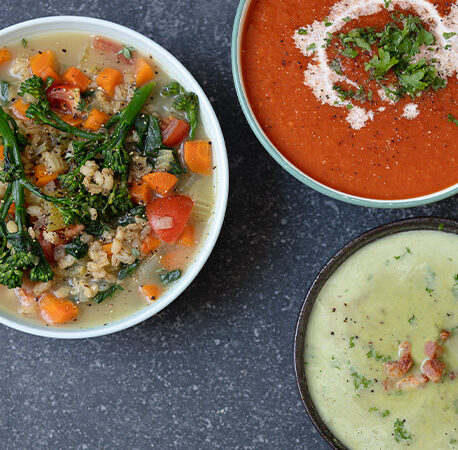
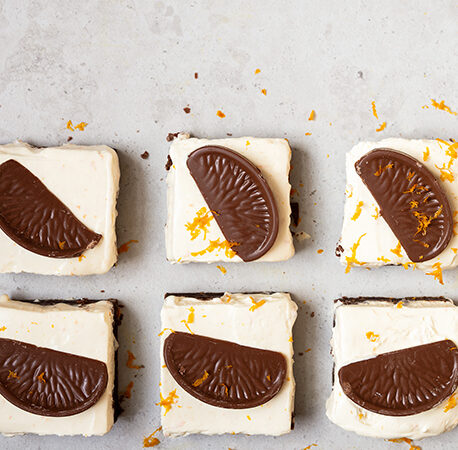
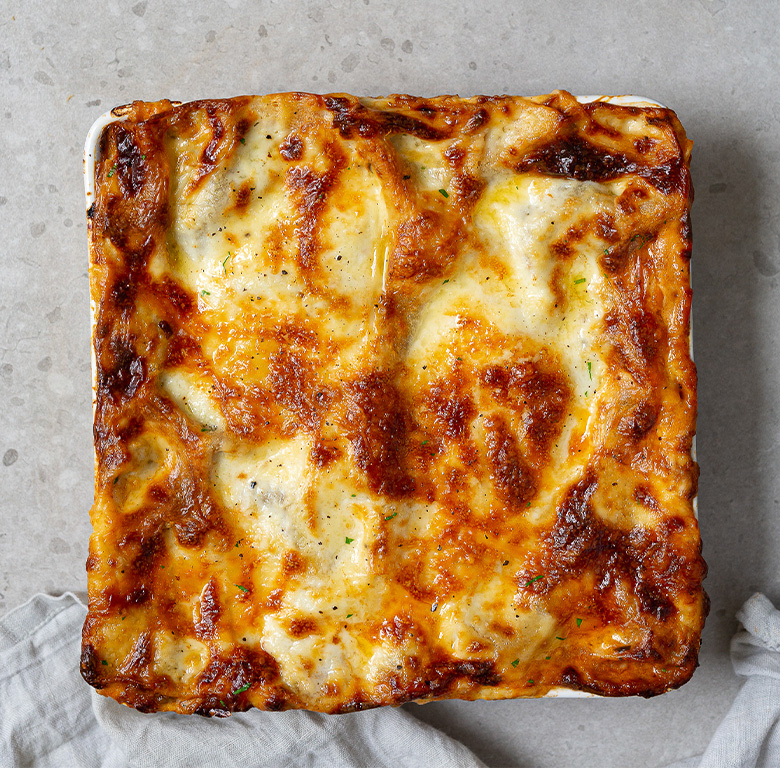
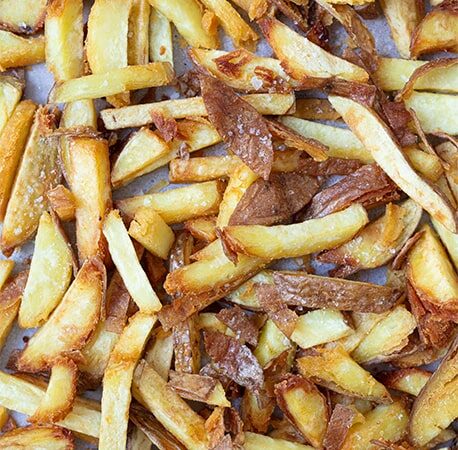
You have to be signed in to comment this post.